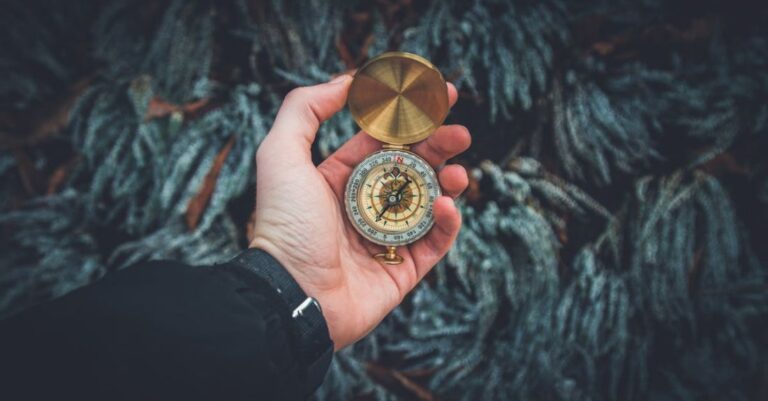
The islands of the world are home to some of the most unique and diverse wildlife on the planet. From the lush rainforests of Hawaii to the remote Galapagos Islands, these isolated land masses support an array of species found nowhere else. Their isolation has allowed for the evolution of distinct ecosystems, leading to the development of specialized flora and fauna. In this article, we will explore how islands support such unique wildlife and the factors that contribute to their biodiversity.
**Isolation and Evolution**
Islands are often isolated land masses, separated from larger continents by bodies of water. This isolation plays a crucial role in shaping the biodiversity of these ecosystems. With limited gene flow from external sources, island species are more likely to evolve in unique ways, leading to the development of distinct characteristics not found in mainland populations. Over time, this isolation can result in the formation of entirely new species, a process known as speciation.
**Adaptations to Island Life**
The unique environmental conditions of islands have led to the evolution of specialized adaptations among their wildlife. For example, many island species have developed reduced flight capabilities or lost the ability to fly altogether, as seen in the flightless birds of New Zealand such as the kiwi and the kakapo. These adaptations are a response to the lack of natural predators on many islands, as flightlessness can be an advantageous trait in the absence of threats from above.
**Gigantism and Dwarfism**
Islands are also known for exhibiting extreme examples of gigantism and dwarfism among their wildlife. Limited resources and competition can drive certain species to evolve larger body sizes to better access food sources, as seen in the giant tortoises of the Galapagos Islands. Conversely, other species may undergo dwarfism in response to resource scarcity, resulting in smaller individuals compared to their mainland counterparts. These unique size variations are a testament to the adaptive capabilities of island species.
**Unique Habitats and Niches**
The varied landscapes of islands provide a range of habitats and niches for wildlife to occupy. From volcanic mountains to coastal mangroves, islands offer diverse environments that support a wide array of species. Endemic plants and animals have evolved to thrive in these specific habitats, carving out niches that are finely tuned to their ecological needs. This specialization contributes to the overall biodiversity of island ecosystems and underscores the importance of preserving these unique habitats.
**Vulnerability to Human Impact**
Despite their remarkable biodiversity, island ecosystems are particularly vulnerable to human impact. The introduction of invasive species, habitat destruction, and climate change pose significant threats to the wildlife that call these islands home. Due to their isolated nature, many island species have evolved in the absence of natural predators, making them especially susceptible to the impacts of introduced predators and competitors. Conservation efforts are crucial in safeguarding the unique wildlife found on islands and preserving the delicate balance of these ecosystems.
**Sustaining Island Biodiversity**
Efforts to protect and conserve island biodiversity are essential for ensuring the survival of unique species and ecosystems. Conservation initiatives such as habitat restoration, invasive species control, and sustainable ecotourism can help mitigate the threats facing island wildlife. By raising awareness of the importance of island ecosystems and implementing targeted conservation strategies, we can work towards preserving the rich biodiversity that makes these islands so special.
In conclusion, the islands of the world are home to a wealth of unique wildlife that has evolved in response to the distinctive environmental conditions of these isolated land masses. From specialized adaptations to extreme size variations, island species showcase the remarkable diversity of life on Earth. By recognizing the value of island ecosystems and taking action to protect them, we can ensure that future generations will continue to marvel at the wonders of island wildlife for years to come.





